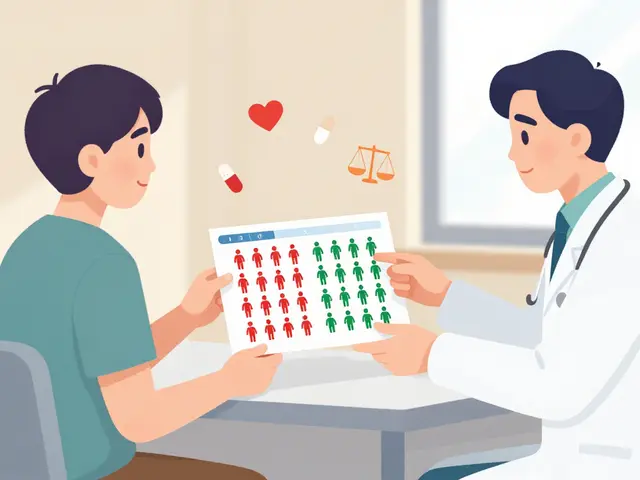Medication delivery: how to get prescriptions safely to your door
Getting meds delivered is convenient, but a few common mistakes can cost time, money, or your health. This guide gives clear, practical pointers so your prescriptions arrive on time, intact, and legal.
Pick a reliable service
Start with legitimacy. Use pharmacies that show a physical address, a licensed pharmacist, and registration with your country’s regulator (for example, the NHS in the UK, FDA/DEA info in the US, or equivalent). Read recent user reviews and check third-party watchdogs. If a site promises prescription drugs without asking for a prescription, walk away.
Compare delivery options and costs. Some pharmacies offer free standard shipping, others charge for same-day or temperature-controlled courier services. If you rely on life-sustaining meds, pick services with guaranteed delivery windows and signature-on-delivery options.
Consider telepharmacy or subscription services for regular meds. They often include pharmacist reviews, automatic refills, and reminders. But always double-check dosage and doctor instructions before enrolling.
Receiving, storing, and what to do if something's wrong
When the package arrives, inspect it immediately. Look for tampering, broken seals, leaked bottles, or crushed packaging. For temperature-sensitive meds (insulin, some biologics), check for cold packs and signs they’ve warmed up. If anything seems off, don’t use the medicine—contact the pharmacy and your prescriber right away.
Keep a paper or photo record of the package, labels, lot numbers, and delivery timestamp. That helps if you need a replacement or want to report a problem. Store meds per label instructions: some belong in a cool, dark cupboard; others must stay refrigerated. Keep all medicines out of reach of children and pets.
If a shipment is missing or delayed, call the pharmacy first—most will track or resend. For damaged or counterfeit-looking meds, ask for a return, refund, and a replacement. Report suspected counterfeits to your regulator and preserve the packaging for evidence.
Watch customs and legal rules for international shipping. Many countries restrict certain controlled substances and may seize packages. Check import rules before ordering from abroad. Also confirm whether the pharmacy will handle customs paperwork or if that responsibility falls on you.
Protect your personal data. Use secure payment methods, prefer pharmacies with HTTPS and clear privacy policies, and avoid sending sensitive health info over public Wi‑Fi. Choose pharmacies that offer pharmacist consultations by phone or chat so you can ask about interactions or side effects before the medication arrives.
Small changes make delivery safer: require a signature for important meds, opt for tracked shipping, keep refills in a regular schedule, and store records of prescriptions. These simple steps cut stress and help you stay on top of treatment without losing safety or control.
Get the facts on canadapharmacy.com, how online prescriptions work, tips for safe shopping, and what sets reputable digital pharmacies apart from the rest.
View Details

